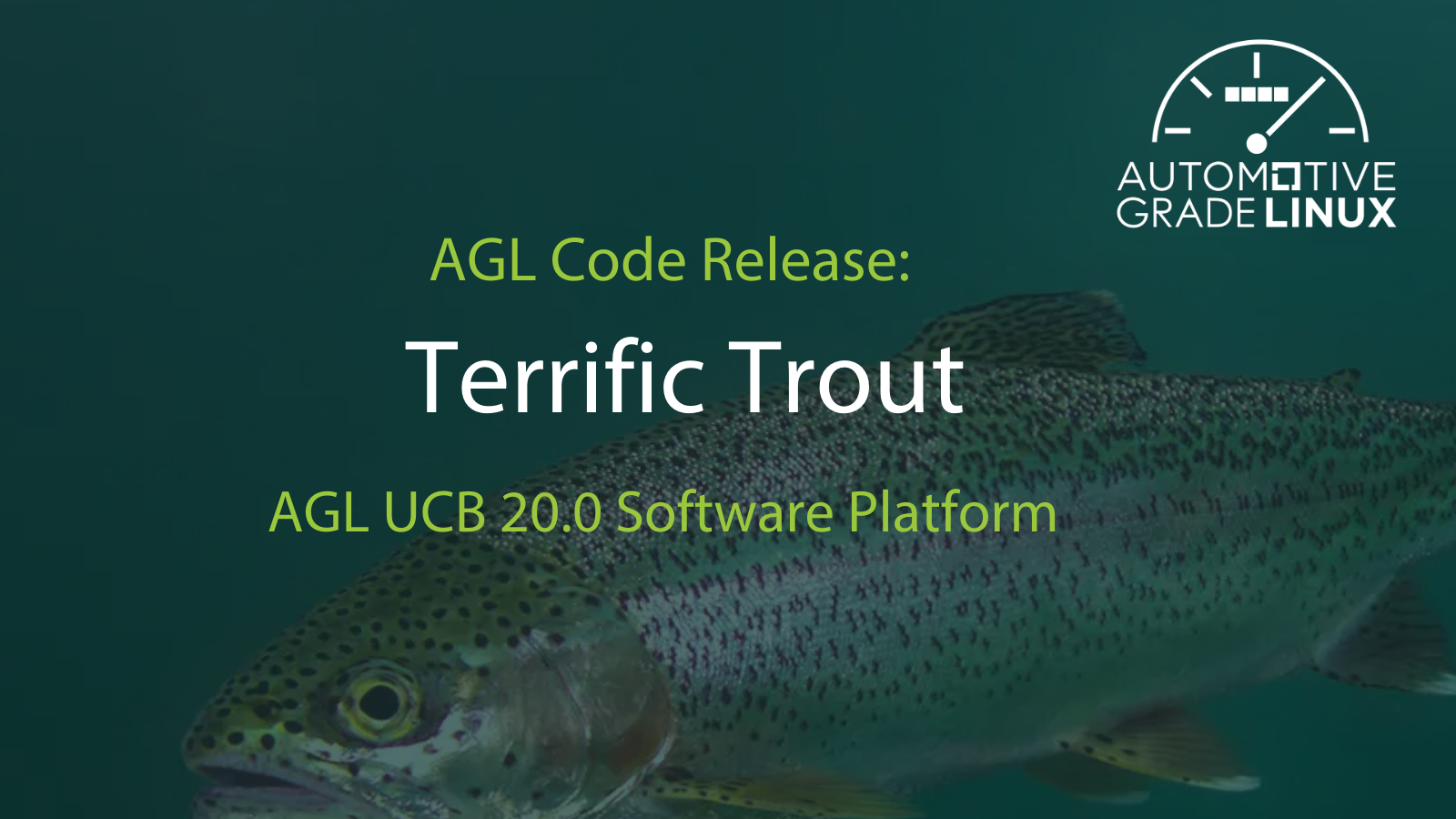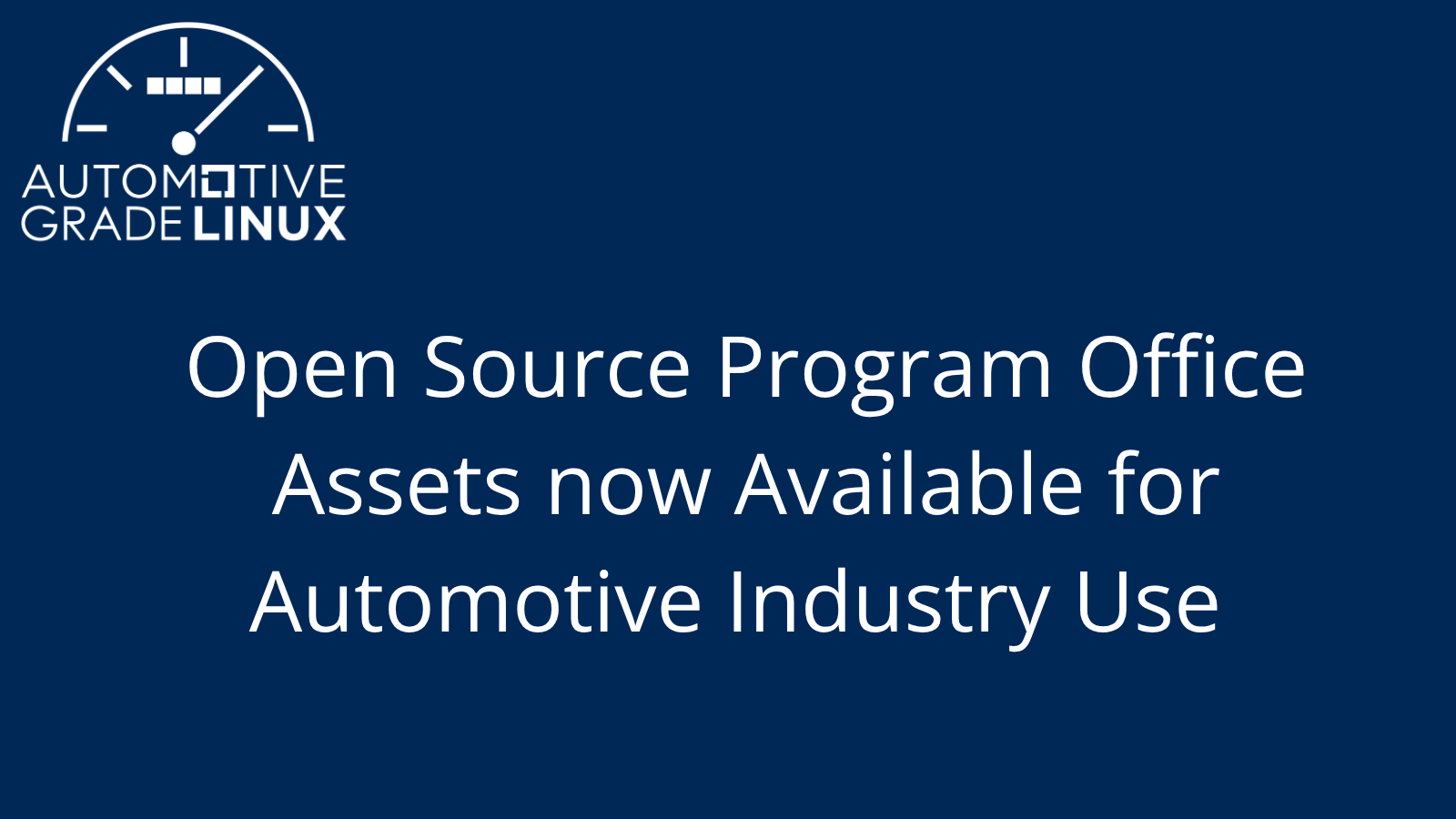
In this series, we talk to AGL developers to learn more about the work they are doing with AGL and open source. Today, we chat with Julie Kim, SW Engineer at Igalia, ahead of Automotive Linux Summit next week, where she will be giving a talk on HTML5 Apps on the AGL Platform with the Web Application Manager and participating on the AGL Developer Panel Discussion.
Tell us a bit about yourself – what made you want to get into technology? How did you get involved in automotive? In AGL?
As a WebBrowser developer, I have some experience with Tizen WRT, other Custom Web Runtime solutions, and I’ve also worked on various embedded devices such as TV, mobile, and set-top box. So, moving to automotive devices and working on WebBrowser and WRT was natural to me. After I joined the AGL project, I needed to learn many new things like build configuration, AGL framework, and how it’s structured. I’m happy to see the project growing.
What are you working on within AGL? Can you sum up your experience so far?
I’ve worked on Chromium and Web App Manager for AGL with my colleagues from Igalia. Igalia’s worked on Chromium with Wayland port, and we brought it to AGL with reorganizing Yocto recipes and layers. We integrated Chromium and Web App Manager with AGL window manager and home screen to allow launching Web Apps from the AGL home screen. We also designed the model, the proxy model, to handle AGL security and successfully launched Web Apps with it.
What advice would you offer other developers or software engineers interested in getting started with AGL?
When I started to work on AGL, everything was new to me, and I didn’t know where I could start. But I found a lot of useful information from the website and mailing lists. AGL is an active community. If some of you are wandering through shadows, I would recommend searching for documents and communicating through mailing lists.
What are the most interesting AGL technologies, apps, or use cases from your perspective?
I think the greatest point of AGL is the capability to build the complete stack from scratch to final images, using only Open Source. This means that any stakeholder or collaborator can review or contribute to any piece of the software. This also applies to how the evolution of the project is handled, being completely open to anyone willing to participate.
Also, from a more technical point of view, I consider that the integration of the Web Application Manager to gradually support a pure HTML UI of the system and apps provides great flexibility and possibilities to the platform.
What’s the one issue or problem you hope open source software can solve for the automotive industry?
There is a clear advantage of using standard and open source-based solutions. It makes it easier for all the companies providing their solutions in the automotive industry to easily integrate their applications. By reducing costs through shared development, companies can devote more resources to improve/secure their solutions.
What do you think is most important for AGL to focus on in the next year?
Apart from growing and continuing to improve the robustness of the whole system, being able to explore how self-driving vehicles would integrate into AGL is an important challenge for the next year.
Where do you hope to see AGL in 5 years?
When I attended BlinkOn10, a conference for Blink and Chromium contributors, I introduced AGL during a lightning talk session. After that, during coffee break time, I got a question about productions of AGL. From my previous experience, I understand the automotive industry has various stages for safety and operation inspections, but maybe in 5 years, I’d venture to expect AGL in production in different cars from various manufacturers.
What technology could you not live without?
The Web and the Browser 🙂



